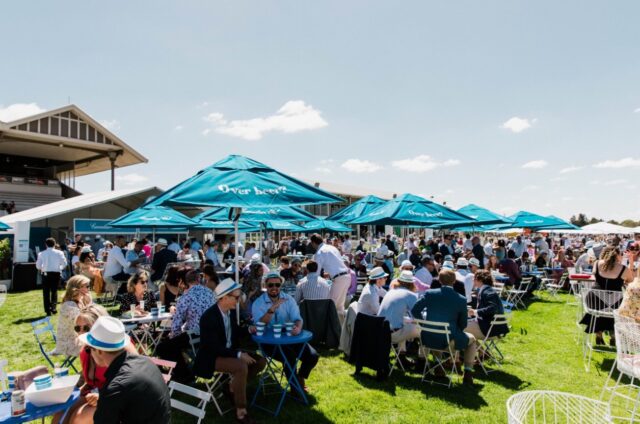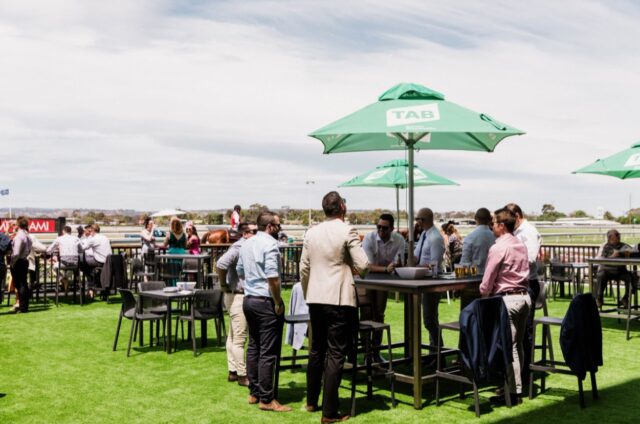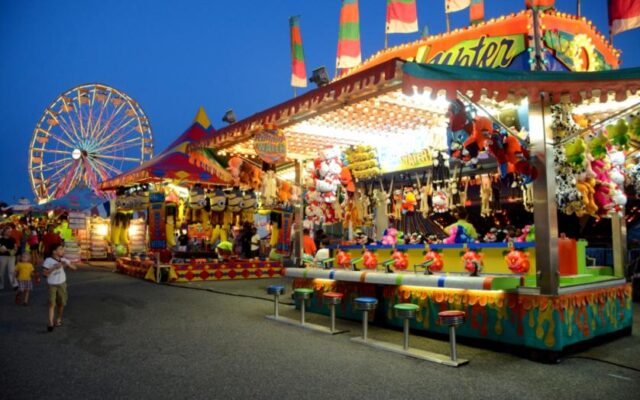
Whether you’re planning a carnival or fairground event for your organization, for a school, or someone’s birthday or wedding, it can be an excellent way to celebrate and bring all sorts of people together. It can also be a great way to raise funds for a worthy cause. But if this is your very first fairground or carnival event, you have to make sure that everything goes according to plan and that there are no loose ends. Granted, planning such an event is easier than planning other events with a different theme because you already have your entertainment down pat, but you still have to be meticulous and consider the various details that make up the big picture.
If your event is set for the spring, for example, you still have more than a few months to get it organized – but you know very well that it doesn’t pay to rest on your laurels. It’s always better to plan things so you’re ready for any eventuality. If you want to have an easier time planning and organizing, here are some top tips to remember when planning a carnival or fairground event for the spring.
1. Rely on modern tech

It’s one thing to be organized on paper – but if you want to be more accessible to everyone, from the vendors to the event organizers and more – it’s best to set up an email account expressly for your event. This way, you don’t have to mix up the event particulars with your other email accounts (such as your org or business email), and it will also be easier for you to send messages to those involved, such as your carnival or fairground committee members, volunteers, and even guests/attendees. Here’s another tip: if you want your event to gain more publicity, why not set up a special Facebook page for it? It could be a great way to reach out to those in your community (if it’s a community affair and open to the public), and it could also create a bit of a buzz around your event. You can fill it with updates for the days leading up to the event and post photos and other snippets to get everyone excited.
2. Set clear goals
It also pays to set clear goals. You probably have your own set of goals and objectives for your event, but you may want to be more concise about it. In other words, set milestones and deadlines. For example, a month before your event, you should have already secured the hiring of various funfair stalls and rides with a provider. When your goals are clear and concise, it also motivates you once you have accomplished them – and, more importantly, it motivates and encourages your team, too.
3. Stick to your budget

You may already have a specific budget for your event, but it’s often too easy to deviate from this budget and end up with too many expenditures. One thing you can do is set aside extra funds for, well, extras – because you never know when you need to spend for something else. It’s a good idea to be as realistic as possible, though, and note down all your expenses or assign a treasurer who can handle the expense records and budget.
4. Delegate
Even if you think you can do it all yourself, you will probably end up stretching yourself too thinly. This is why you should have a team – a committee that can take charge of various responsibilities. Assign someone to handle security, for instance, and there should be another person taking charge of food and beverage, entertainment, marketing and promotion, first aid, audio and media, and so on. Ensure that there is a timeline for everyone’s responsibilities and that everyone sticks to this timeline.
Here’s another thing you can do: whilst having a large team is excellent, it’s always better to create smaller sub-committees. These groups or sub-committees can tackle all the small details, whether looking for sponsors or asking for donations, setting up decorations, planning games and contests, or choosing performers.
5. Simplicity is key

Whilst everyone will no doubt be impressed with a grand affair, it’s also best to keep it as simple as possible. Simplicity is vital with any carnival or fairground event because the event will already speak for itself. Of course, you have to make sure that there is something for everyone, but it’s also a good idea to choose uncomplicated rides and attractions and come up with games or contests that are also uncomplicated. That said, choose games and rides that are straightforward and that almost everyone can enjoy, as suggested by experienced carnival and funfair hire providers like https://www.wearetricycle.co.uk/.
6. Get to know your attendees or audience
Even though having a carnival or fairground theme will already be brilliant for everyone, it doesn’t hurt to get to know your attendees or audience as well. If you are expecting a lot of teenagers, for example, don’t forget to throw in some attractions and rides that will appeal to them, like dodgems and roller coasters or mobile climbing walls. If you’ve got a lot of young kids attending your event, you can also set up attractions that will suit them, such as inflatables or bouncy castles and carousels.
If you want activities that will make everyone of any age group happy, offer plenty of games (with matching prizes), various food stalls serving carnival or funfair food, silent auctions, and even a small shop selling themed items.
7. Think carefully about your booths/stalls

It’s also important to think carefully about your booths and stalls and plan accordingly. Follow specific criteria when choosing your booths and attractions: your budget, the aesthetics of your event (whether it’s an all-day event, a day to night event, and so on), their adherence to your event’s theme, the playability and attraction of the game, and the prizes’ appropriateness.
Another addition to your event that allows people to create better memories is a photo booth – it’s an excellent way to create a memento of your event for your attendees to take home, and they can then eagerly look forward to the next carnival/fairground event!








